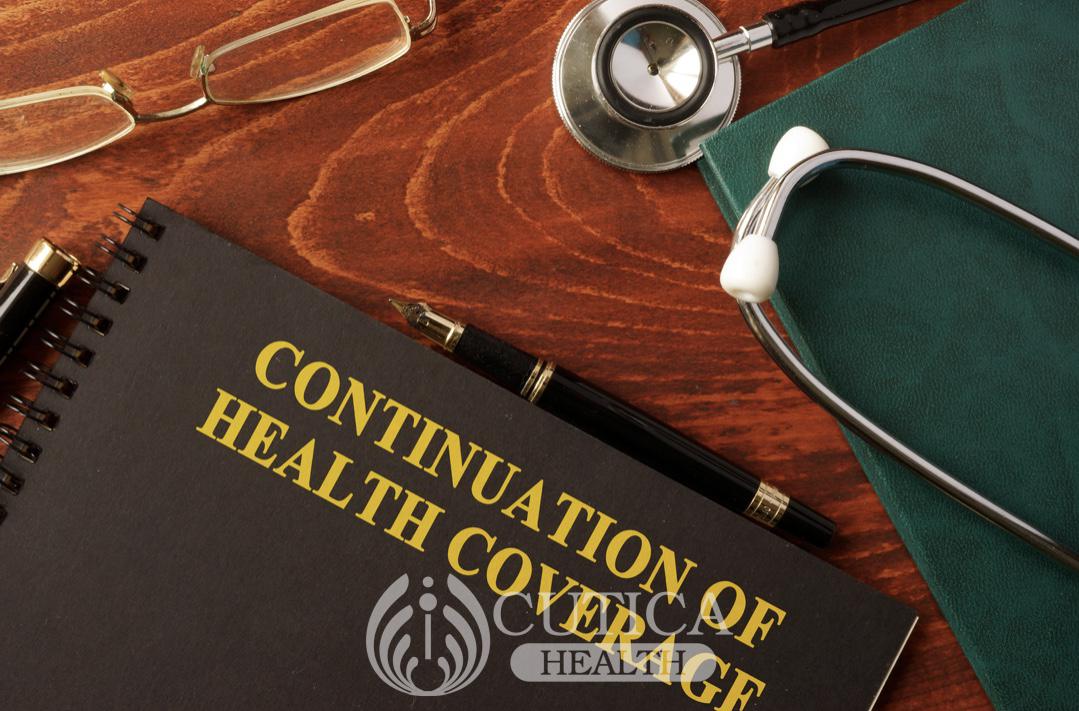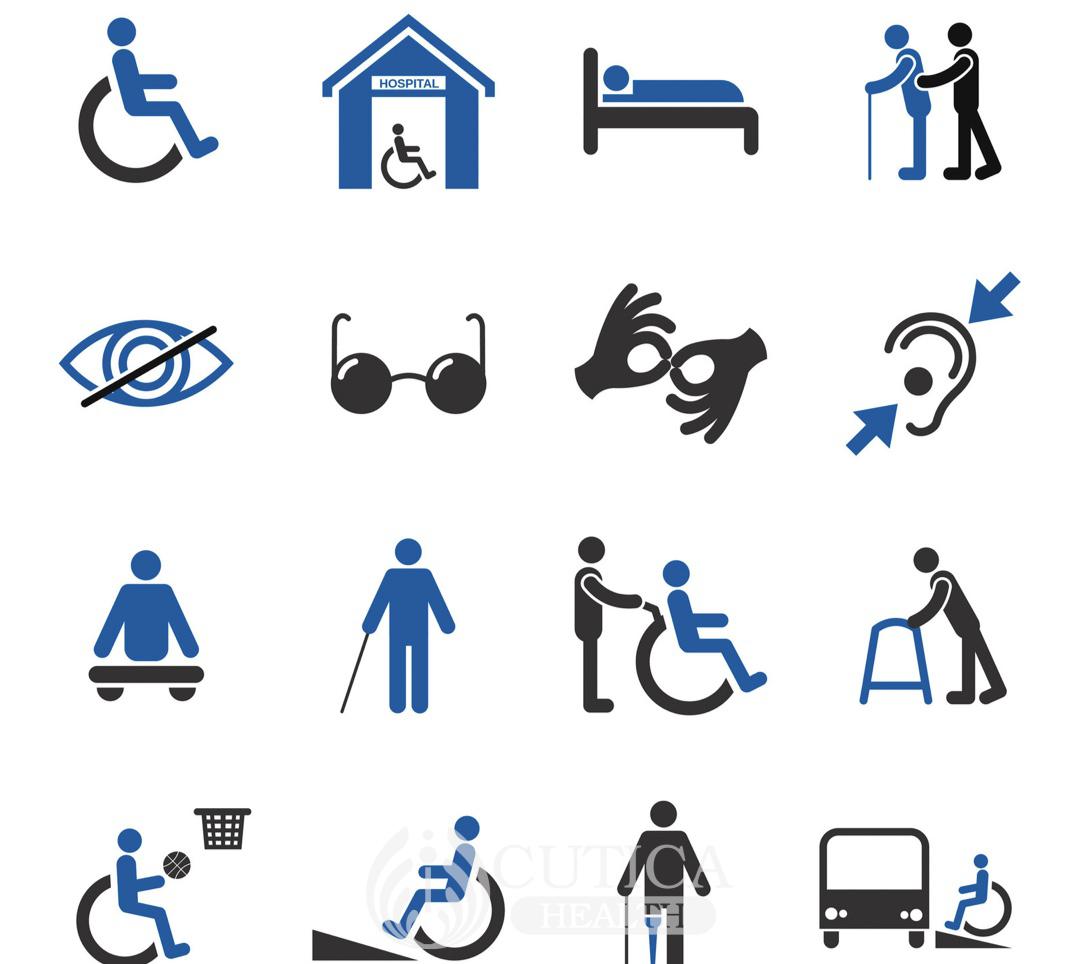
Having a disability is not a death sentence, but with the appalling treatment people with disabilities receive, it might as well be. A disability can stem from many different factors, but the bottom line is it affects how the individual interacts with their environment (buildings, transportation, attitudes, etc.). Disability must be addressed as a public health issue to ensure that the quality if life if disabled people improves.
Regardless of the broad spectrum of disabilities, it is not fully regarded as a public health issue.
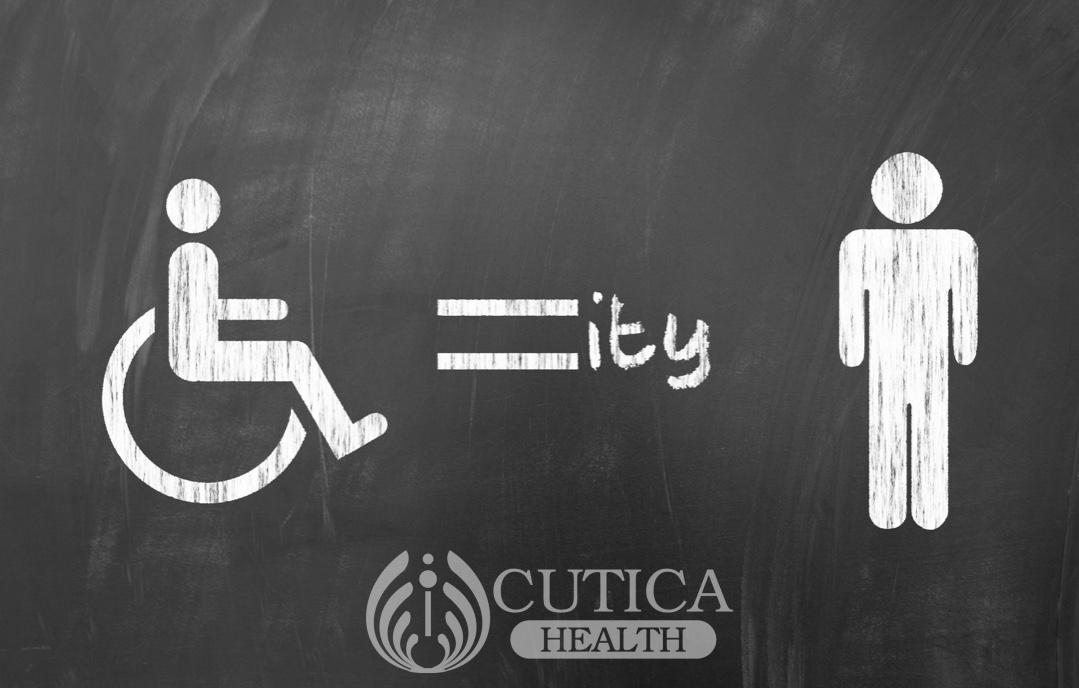
Let’s examine 5 reasons why disability should be a public health issue:
Its a human right issue as well
The rights of people with disabilities are often violated. They are subjected to prejudice, abuse, violence and other forms of discrimination as a result of their disability. These acts of discrimination affects their access to necessary healthcare, schooling, work opportunities, and their quality of life.
It is very diverse
The broad range of factors that result in disabilities means that people from all spheres can be affected. Disability could stem from any of these affected areas: Mobility, cognition (memory, comprehension, decision making), the senses (vision, hearing, speech), and independent living (self-care, performing household chores, grooming). Head/spinal cord injuries or neurological conditions such as multiple sclerosis can also cause disability.
As a result, healthcare services should be accessible to this group of people at every level, from how the buildings are structured to the attitude of the medical personnel.
Inaccessible infrastructure
The distant location of health facilities is just one part of the problem. In many cases, buildings, transportation systems, public buildings, and even roads are not built with disabled people in mind. Often , ramps and elevators are not available to make wheelchair passage easier. Restrooms, doorways, corridors, and rooms are not designed for people with disabilities to use comfortably. Furniture such as hospital beds, chairs, and tables are usually set at a fixed height without adjustment options.
Communication barriers
Communication is essential for optimal daily living but people with disabilities are often shut out from the bulk of daily conversations. A majority of healthcare workers can not use sign language, this limits the quality of care deaf people can access. In addition to this, adequate written material or sign language interpreters are few and far between.
Braille is not always provided for people with vision impairments to use. For effective communication, Braille or large print text should be used in medicine prescriptions to make easier for blind people to harness.
Steps must be taken to provide cues that are easy for people with disabilities to understand.
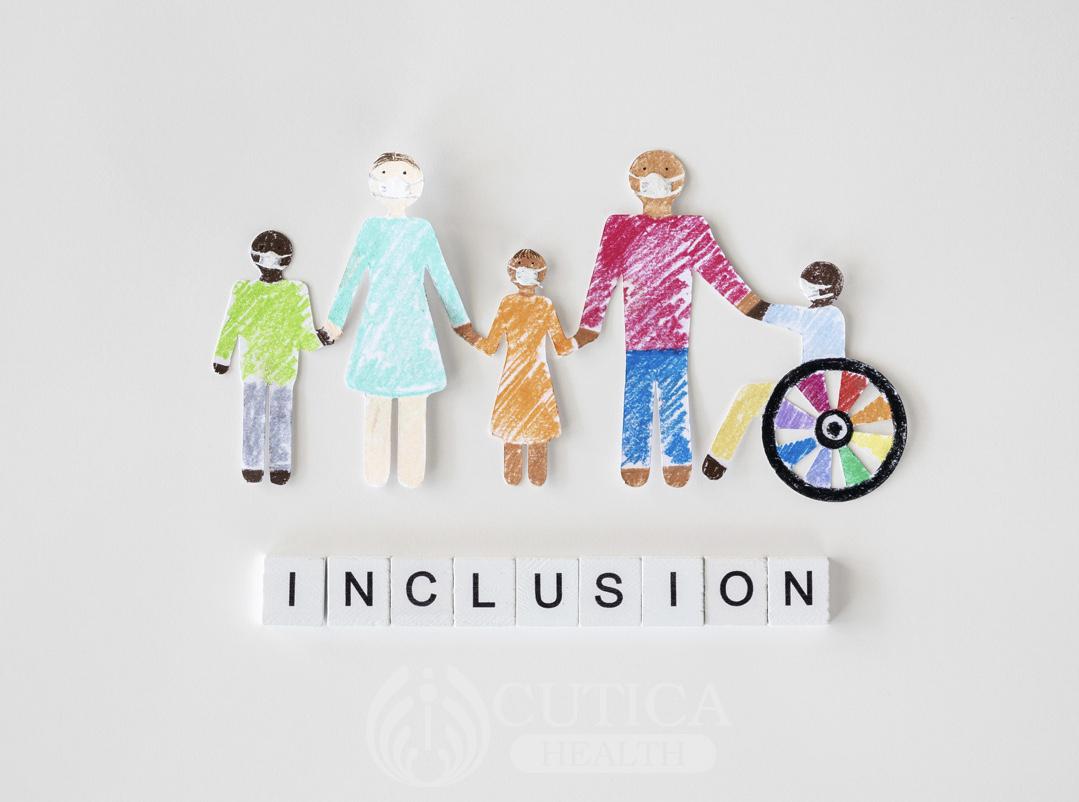
The relationship between disability and poverty
Disability has been labelled a development priority because of its positive correlation with poverty. Research has shown that poverty and disability reinforce and perpetuate each other, hence, its higher prevalence in lower-income countries. For this reason, it is necessary that disability be addressed as a public health issue.
Over half of all people with disability in low-income countries cannot afford proper health care - either the cost of consultation, treatment, or medicine. Additionally, they cannot afford transportation fees needed to get them to a healthcare facility.
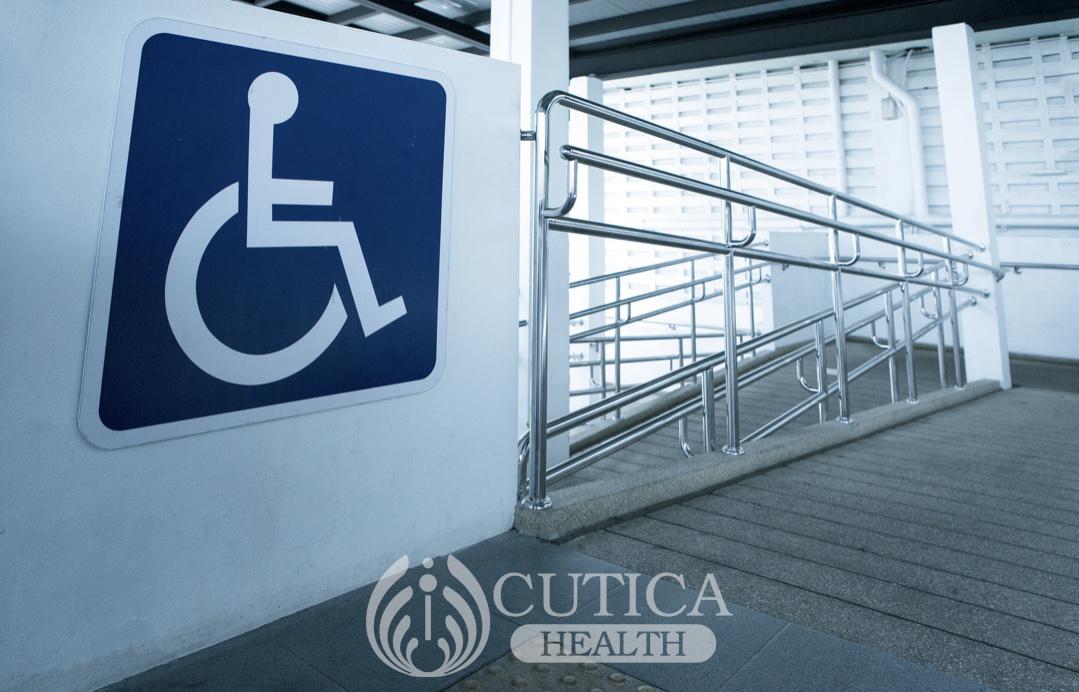
CONCLUSION
Addressing disability as a public health issue means that policies, social support systems, and health strategies will be put in place to increase accessibility and reduce the discrimination faced by people with disabilities.










